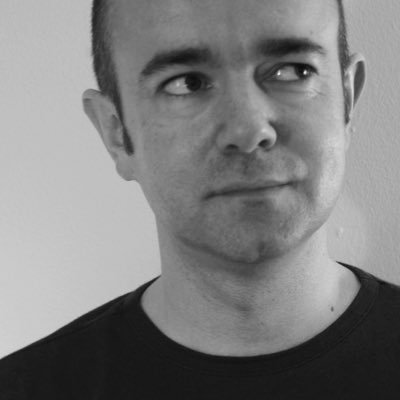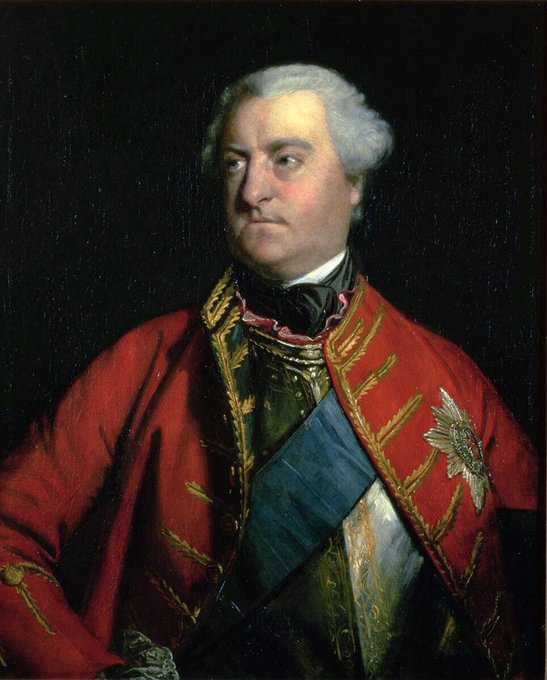In 1768 he became president of the RA & was knighted (1769). There he delivered his Discourses 1769-90 Reynolds’ art was in the conception, unlike artists of genius where it is about heart & mind. Diana Sackville (1779), Sarah Campbell (c1777) & Countess of Harrington (1778)
The artist had a circle of intellectual friends including Goldsmith, Fox, Johnson & Kauffman. This contrasts with Gainsborough’s many musical friends & fondness for the Demi-Monde. Ms Monckton (1777-8) & Mrs Abington (1771) demonstrate his depiction of women as sexual objects.
The painter sought to present himself as Rembrandt in his self-portrait. An unfortunate choice. He created ravishing portraits, however. Frederick Howard (1769), Georgina Cavendish (c1775-6), Self-Portrait (1775) & Lady Worsley (1776)
Reynolds sought to ‘raise’ the importance of portraiture by using compositions derived from Old Masters & often swathing his sitters in ‘classical attire’. Irish artist Nathaniel Hone saw this as aspirational hogwash & satirised Reynolds as The Conjuror (1775)
Paintings like the Archers & Three Ladies are based on compositions found in Classical sculpture. The Archers (1769), Duchess of Leinster (1770s), Omai (1776) & Three Ladies Adorning a Term of Hymen (1773)
Reynolds was a fine painter but his priority was in flattering the sitter rather than revealing their psychology. Mrs John Barrington (1757-8), Elizabeth Gunning (1758-9), Duke of Cumberland (1758) & Thomas Reynolds (1758)
By 1760 he moved to a bigger house. There he installed his studio, copious assistants & pupils. He instituted a conveyor belt system. Up to 6 people a day would sit to him for about an hour. Robert Orme (1756), Duke of Marlborough (1757), Lady North (1757) & Mrs Abington (c1757)
In 1749 he met Commodore Keppel & joined him on a voyage to the Mediterranean. As part of his journey he spent two years in Italy studying Italian art. Portraits of Keppel by Reynolds (1752, 1749, 1779 & 1780). He came away from Italy with notions of grandeur.
Born in Devon, he was interested in art & art theory from an early age. He was apprenticed to portraitist Thomas Hudson (1740-3). He then moved between London & Plymouth until 1745. Gentleman (c1743-9), Self (c1747) & The Neates & their Tutor (1748)
On the death of his patron Colbert, his replacement did not have time for Le Brun. As a result the artist was out of sorts & died in his home aged 70, having commanded the French art world for decades. Apotheosis of King Louis XIV, Louis XIV & Heads of the King.


































